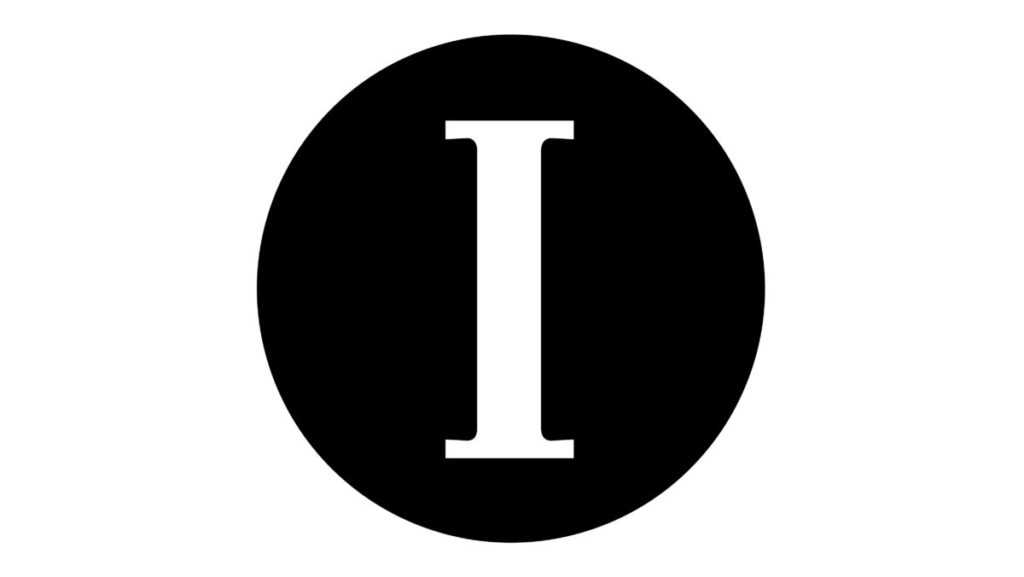What can’t be shared on Facebook today? Videos, movies, songs, statuses, news articles, games and more abound on the social network with more than 800 million users. Thanks to a design overhaul to personal profiles, users will soon be able to share their past while still keeping friends updated on what they ate for lunch or just watched on Hulu.
The redesign, appropriately named Timeline, organizes user content around a central line with events popping out as bubbles. An easy navigation menu allows users to quickly travel months and years into the past to view memorable content. For anyone who has tried to dig up a post, Timeline is ideal for rediscovering that elusive first status update.
During its huge rise to Internet stardom in the past seven years, Facebook has only just given people a tool to share their past. While it mastered constant sharing through status updates and posts that track what people do, listen to, read and watch at all times, Facebook hasn’t allowed people to explore and group the history of themselves and their friends — until now. Profiles have become beautiful, digital scrapbooks that document every time users interact on the network.
Timeline is just as much for the user to explore as it is for his or her friends. Unearth statuses and pictures long forgotten, or tag specific pictures and events to feature as banners on timelines. As perceptions of digital privacy shift to more leniency, people will become more open to sharing every piece of their personal lives on Facebook. The new design transforms content into an experience and grants users full control of how their identities take shape.
A new toolbar on user profiles allows people to add employment, education changes and life milestones on their graphic history. The bottoms of profiles also contain a box for baby pictures. Timeline asks users to bring their past out from the privacy of analog and share it with the world by digitizing their entire identity on one network. By uploading historical parts of themselves, Facebook users can nearly complete their digital identities. But whether users will follow along or push back remains in question.
Acceptance and use will define whether Timeline thrives or gets tossed aside. The beauty is its ability to flash back and jump forward in a matter of seconds — and look good while doing it. But Facebook should note how many people add to their online identity and how many just don’t care. If users don’t care to look into their pasts, then Timeline may be tossed out for another design next year.
TJ Gunther is a senior journalism major. Email him at [email protected]





